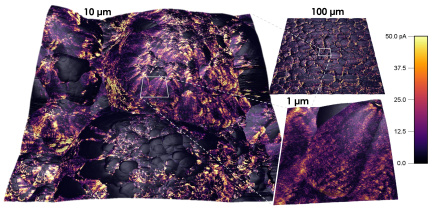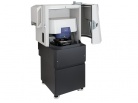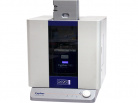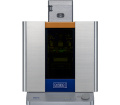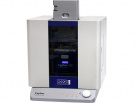Energy storage is a key factor in the use of renewable energy and the transition to a more sustainable energy system. Yet there are still some challenges that hinder the full use and efficiency of energy storage.
The main challenges include increasing efficiency, reducing costs, increasing the capacity, lifetime and density of energy storage, environmental impacts and integrability.
These challenges drive the need for research into new technologies and advanced materials.
Examples include the optimization of design, electrode materials and electrolytes in Li-ion batteries; research on ultracapacitors using nanostructured carbon materials, metal oxides and polymers; the use of 2D materials (graphene, MoS2, ...) and many other approaches.
When researching advanced materials, it is advisable to investigate their electrical and mechanical properties simultaneously. At the same time, it is crucial to know the rate and causes of wear of new materials before their actual deployment in practice.
The optimal instrument for such research is the atomic force microscope (AFM), which allows high-resolution measurements of local conductivity and capacitance, magnetic, thermal and mechanical properties, topography and much more. Dynamic processes, such as reactions at electrodes, can also be observed thanks to the increasing imaging speed.
